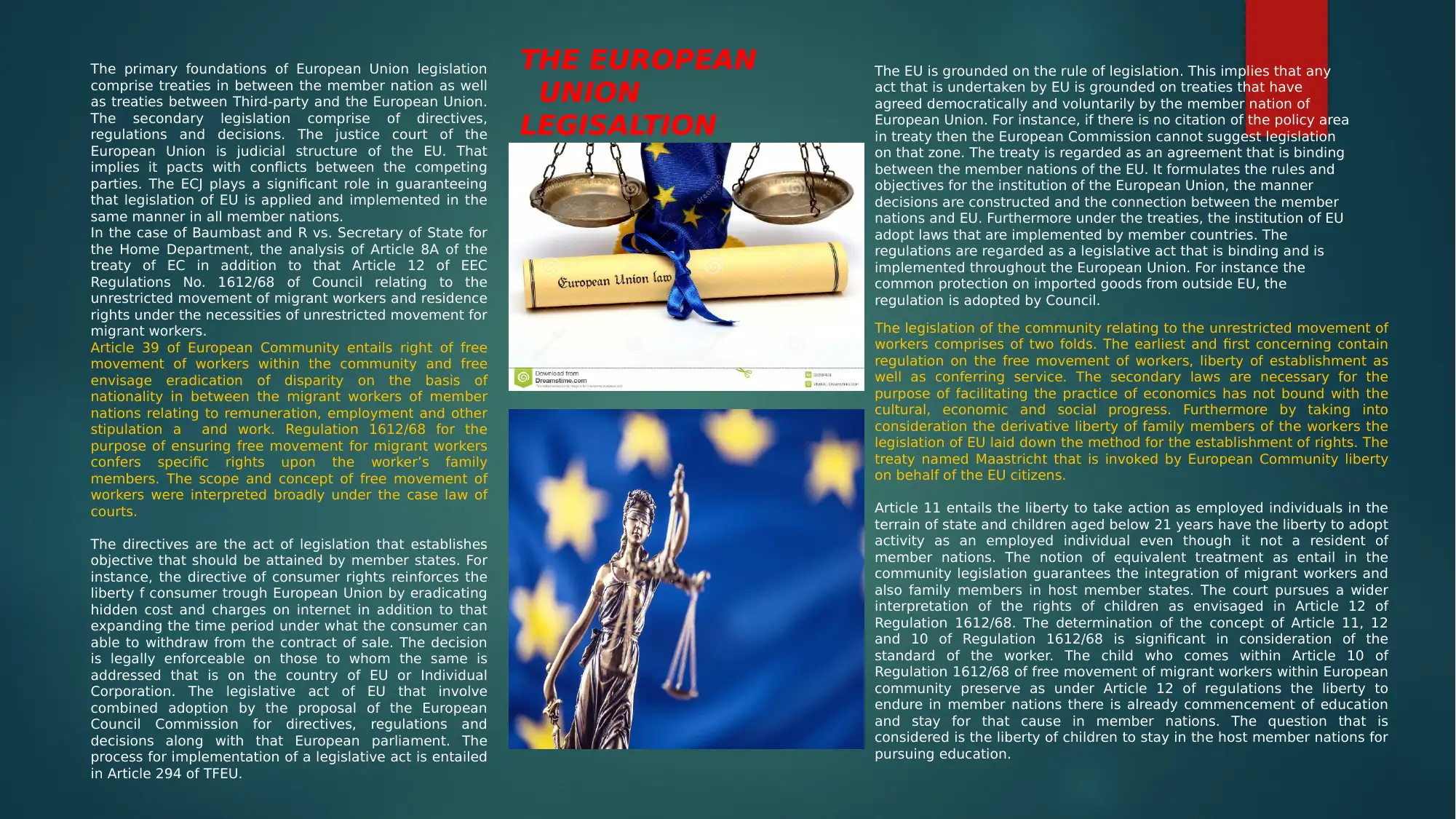A1 Sized Research Poster - 3000 Words: Make one A1 sized research poster (format to be submitted via Canvas should be a Word file) on one of the following questions. Your assignment should critically analyse primary and secondary EU legislation (Treaties, Directives and Regulations), case law of the Court of Justice of the European Union (as well as the existing international law, if applicable) in one of the following areas: 1. With reference to the case law of the Court of Justice of the European Union and related academic commentary, critically analyse the rights of family members of EU migrant workers working and residing in a host EU Member State. 2. What is the case law of Court of Justice of the European Union and the related academic commentary focusing on the rights of EU citizens telling you about who is an ideal EU citizen? Your answer should look at the development of case law from the early cases to date. EU law must be analysed in the light of recent and relevant
![[object Object]](/_next/static/media/star-bottom.7253800d.svg)
![[object Object]](/_next/static/media/star-bottom.7253800d.svg)
